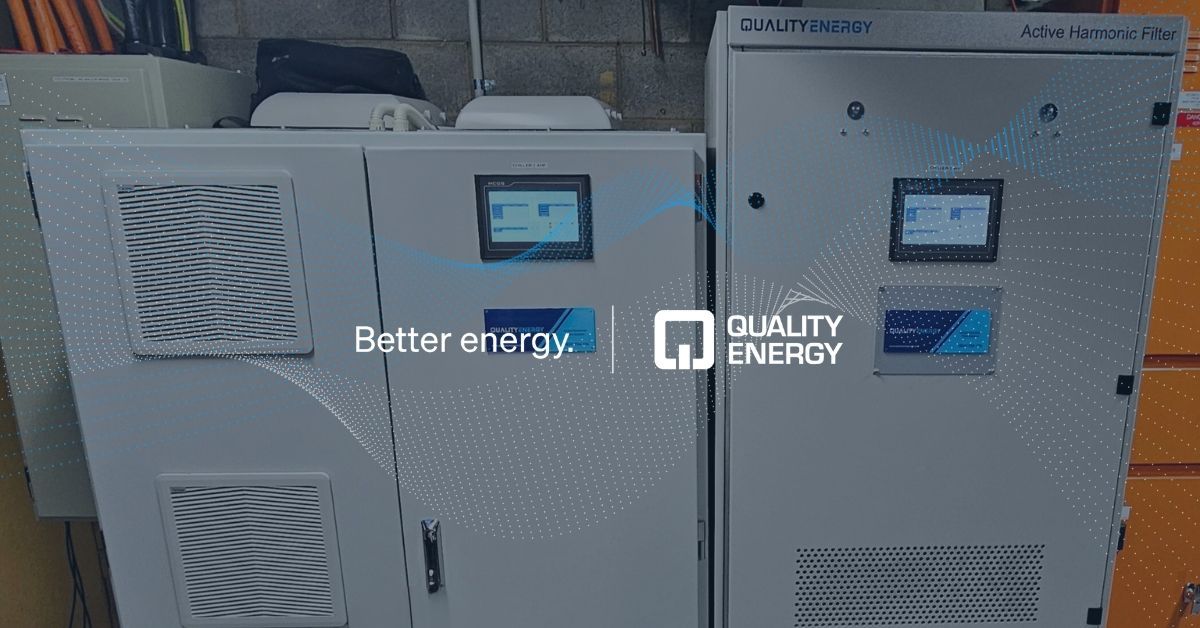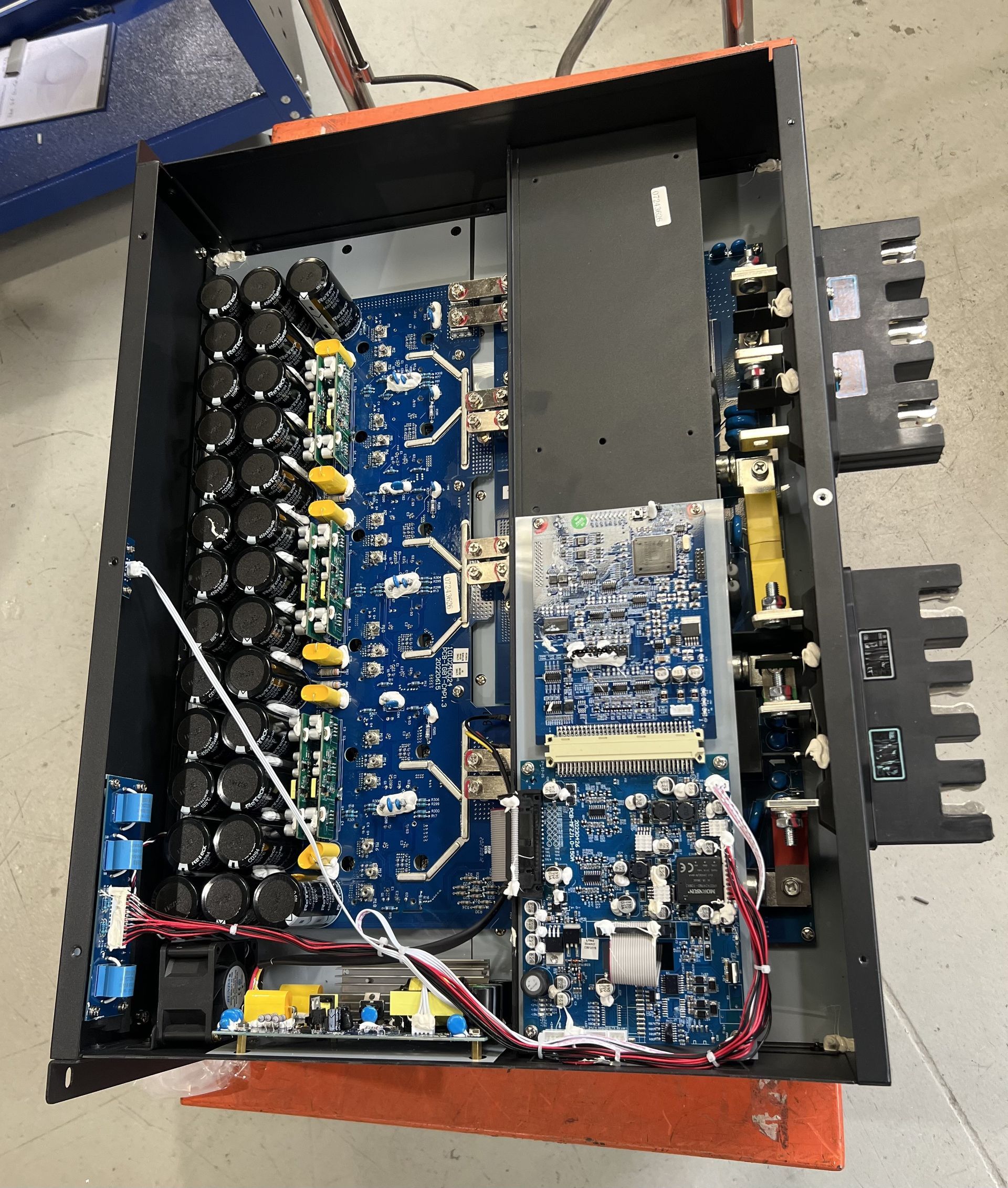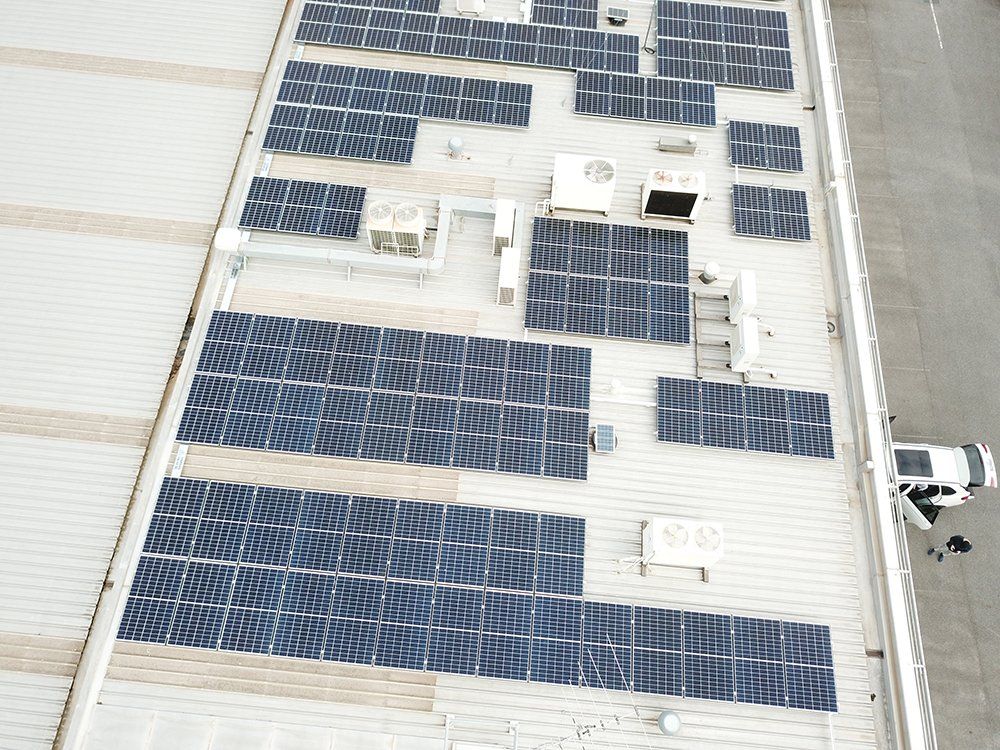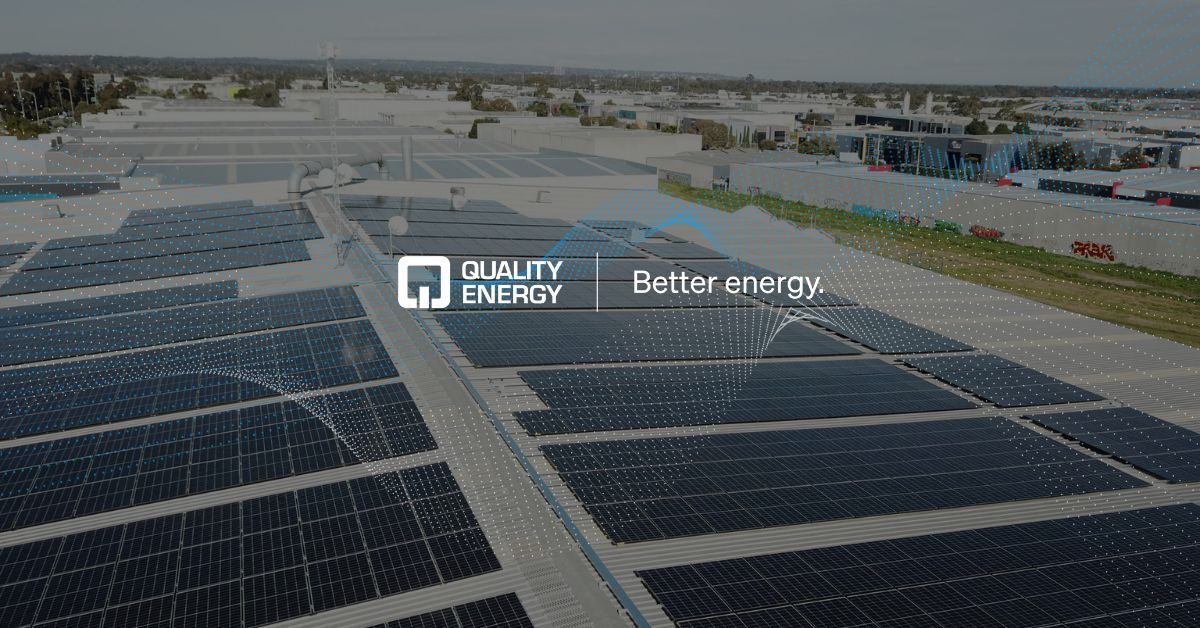Frequently Asked Questions (FAQs) about Power Factor Correction
Quality Energy • July 5, 2022
Installing a Power Factor Correction (PFC) system is one of the most effective ways to make long-term changes to your energy efficiency by improving your Power Factor. In this post, we dissect and answer some of the most common questions we've encountered about Power Factor Correction.
Frequently Asked Questions about Power Factor Correction:
Related news

According to Clean Energy Council Australia, electricity generation is Australia’s largest source of greenhouse gas emissions, and taking action now to accelerate the transition to a clean energy future will lessen the volatility in our climate. Beyond the serious threats that greenhouse gas emissions pose to our plane

